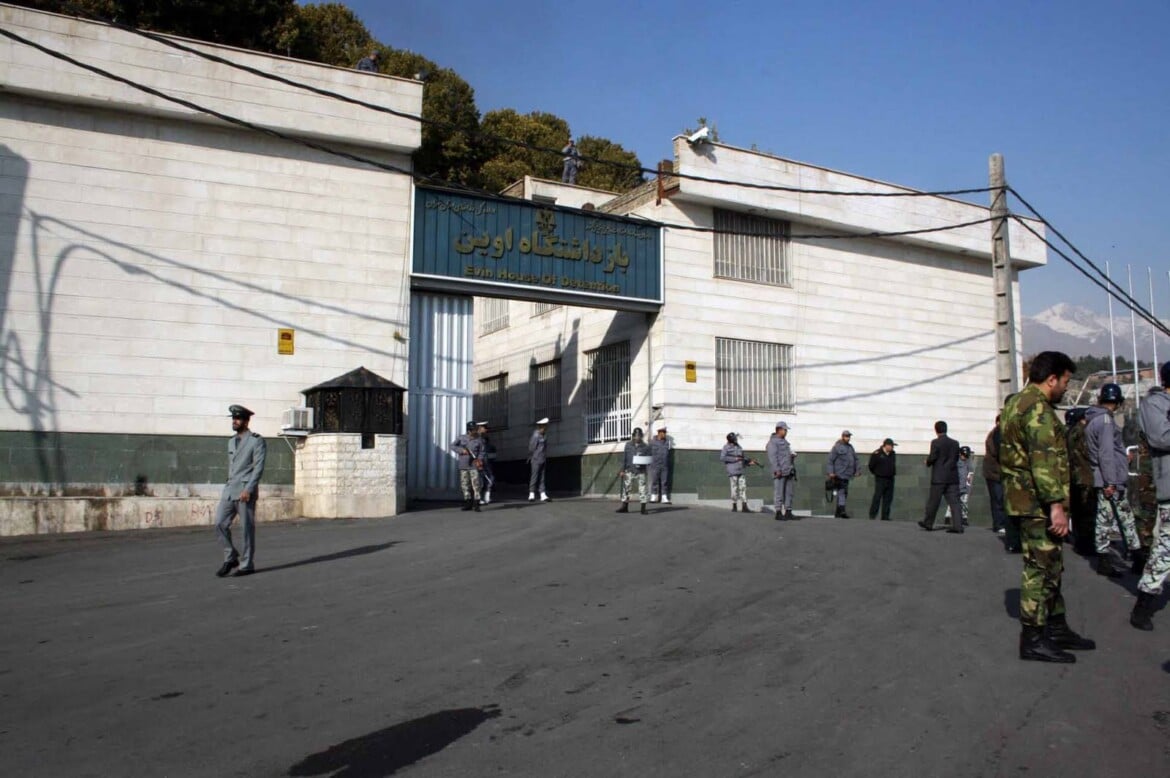Analysis
Israel’s strike on Evin Prison hit the heart of Iran’s repression machine
Evin is more than a prison: it is a living archive of decades of torture, executions, silence and resistance. The June 23, 2025 attack is the first time the heart of Iran’s internal repression machine has been hit from outside.

The Israeli air strike on Evin Prison – a historic symbol of political repression in the Islamic Republic – set off fires and internal riots and wrecked medical facilities. Built in the 1970s by the Pahlavi regime’s secret police, SAVAK, Evin saw its repressive role grow under the Islamic Republic. For more than 40 years, thousands of political prisoners, journalists, human-rights activists and regime opponents have been held there.
In the 1980s thousands were sentenced to death in summary trials. Repression peaked in the summer of 1988 when, on Ayatollah Khomeini’s direct order, thousands of already-convicted prisoners were quietly executed in Evin and Gohardasht. Among them were dozens of Kurdish political detainees tied to opposition parties such as Komala and the PDKI, killed even though they had served part of their terms.
One was Farzad Kamangar, who became a symbol of Kurdish resistance and systemic injustice. A teacher, poet and advocate of free education, he was arrested in 2006 and, after months of torture in Section 209, sentenced to death on May 9, 2010 for “enmity against God,” without any concrete evidence against him. In his letters from prison he wrote of dignity, mother tongue and hope. “They are killing me because I taught the children of my people,” he wrote. “But you cannot kill a word.” His family never received his body or learned his burial place.
During the 2022 “Woman, Life, Freedom” uprising, an enormous blaze swept Evin. Authorities called it an “internal incident,” but witnesses described a deliberate security-force attack meant to intimidate inmates. Monday was different: Evin itself became a direct military target. Local sources say the Israeli strike destroyed many sections – in particular, the administrative and judicial blocks next to Block 4, Gate 360 between Blocks 7 and 8, the infirmary and the windows in the men’s wing, and the wall of the women’s section where Pakhshan Azizi and Varisha Moradi, both on death row, are held.
Families were frantic, unable to learn their relatives’ fate. Fires broke out in Blocks 7 and 8; some prisoners tried to escape, but guards soon reasserted control.
The son of well-known political prisoner Abolfazl Ghadiani posted on X: “My father called from Evin. All the windows are shattered. The infirmary is damaged. Someone says the main gate was also hit. How can the Islamic Republic keep hundreds of sick prisoners in these conditions?” His words captured the panic that drove many families to gather outside the prison in search of news.
Evin is also infamous for constant surveillance and psychological torture. Former detainees recount isolation in dark cells, sleep deprivation, sexual threats and pressure on relatives. In 2021 the hacker collective “Justice for Ali” breached the prison’s video system and released shocking footage of guards beating unconscious inmates or dragging them across the floor.
Beside Evin, Israeli missiles struck the headquarters of Basij – the militia charged with crushing protests – plus the Islamic Revolutionary Guard Corps intelligence office, Tehran’s Sarallah security base, police intelligence (Faraja), provincial security forces (Sepah Seyed al-Shohada) and the symbolic clock in Palestine Square that marks a countdown to “Israel’s destruction.”
Israel framed the assault as retaliation for Iranian provocations and recent missile launches. The Iranian government, joined by several international-law experts, countered that the air strikes violated the Geneva Conventions because they targeted civilian, not military, facilities.
What is certain is that Evin is more than a prison: it is a living archive of decades of torture, executions, silence and resistance. The June 23, 2025 attack marks a turning point: the first time the heart of Iran’s internal repression machine has been hit from outside.
One question remains: does this signal the beginning of the end for the regime’s symbols of oppression, or is it merely another crack in the walls that have never managed to stifle dissenting voices?
Originally published at https://ilmanifesto.it/fuoco-e-rivolte-nel-carcere-piu-duro-del-regime on 2025-06-24
